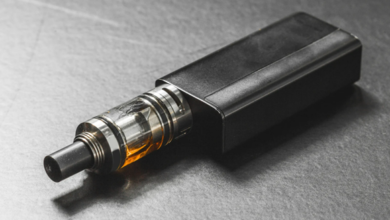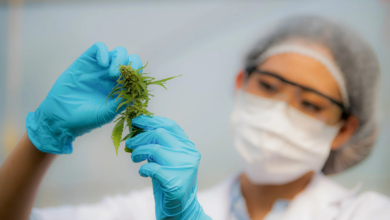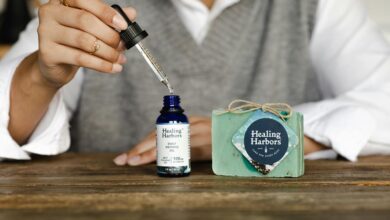Is Cbd Detectable

The detectability of CBD in drug tests raises important questions for users. While CBD itself is not typically screened, products containing trace amounts of THC can lead to positive results. Understanding the nuances of CBD and THC, along with the mechanics of drug testing, is crucial for users. Various factors contribute to detection likelihood, prompting the need for careful consideration. What strategies can users employ to minimize their risk?
Understanding CBD and THC: The Key Differences
Cannabinoids are compounds found in the cannabis plant, with CBD (cannabidiol) and THC (tetrahydrocannabinol) being the most prominent.
CBD offers numerous benefits, such as reducing anxiety and inflammation, without psychoactive effects.
In contrast, THC produces notable effects, including euphoria and altered perception.
Understanding these key differences empowers individuals to make informed choices about their wellness and freedom in cannabis use.
How Drug Tests Work: Types and Detection Methods
Drug testing is a critical process used by employers, law enforcement, and medical professionals to detect the presence of substances in an individual's system.
Various detection methods exist, including urine, blood, saliva, and hair tests. Each method offers different sensitivity and timeframes for detecting substances, ensuring that drug testing can be tailored to specific needs while maintaining individual rights and privacy.
Factors Influencing CBD Detection in Drug Tests
The ability of CBD to show up on drug tests is influenced by several factors, including the type of product consumed, dosage, individual metabolism, and the sensitivity of the testing method used.
Dosage effects play a crucial role, as higher amounts may increase detection likelihood.
Additionally, product quality varies, with some containing trace THC levels, further complicating the detection landscape for CBD users.
Strategies for CBD Users to Avoid Positive Drug Test Results
Many CBD users seek effective strategies to minimize the risk of a positive drug test result.
To enhance testing accuracy, users should opt for third-party tested CBD products with low THC content.
Additionally, maintaining a clear understanding of personal CBD consumption levels and avoiding products with ambiguous labels can help mitigate risks.
Staying informed about drug testing protocols further empowers users to make educated choices.
Conclusion
In conclusion, while CBD offers potential benefits, its detectability in drug tests cannot be overlooked. Like a shadow that lingers in the light, the presence of THC in some CBD products can lead to unexpected results. By understanding the nuances of drug testing and remaining vigilant about product choices, users can navigate this landscape with greater assurance. Ultimately, informed decisions and careful consumption are key to minimizing the risk of a positive drug test for CBD users.





